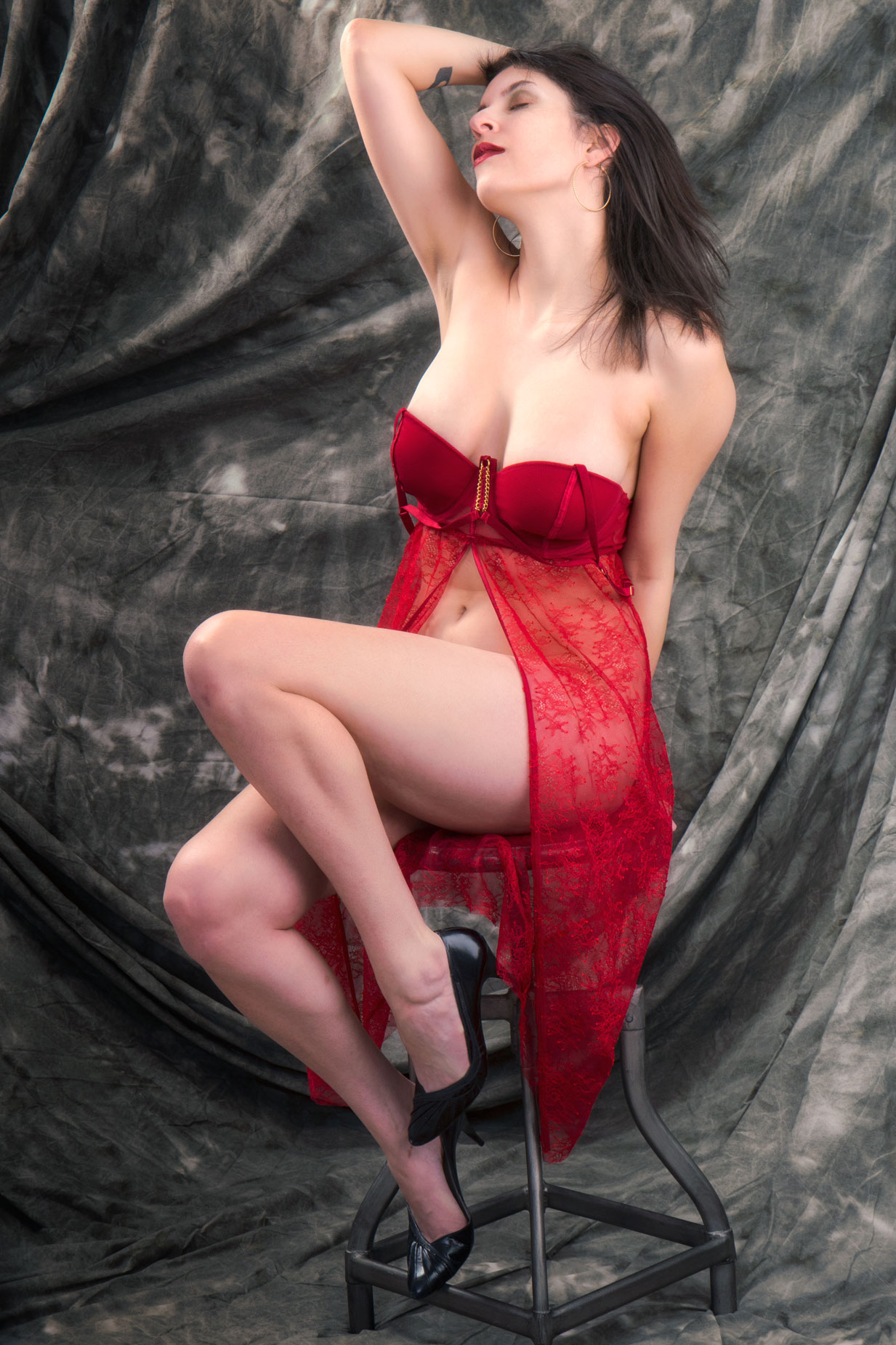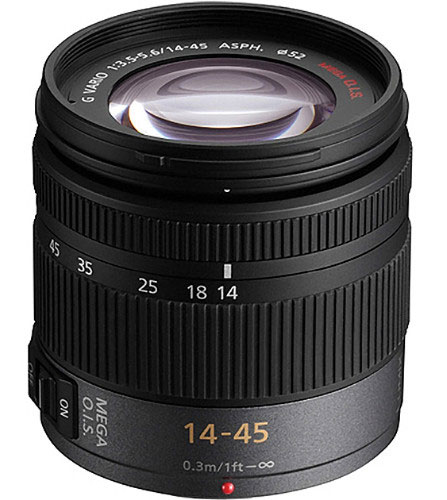Today’s Post by Joe Farace
“I always pass on good advice. It is the only thing to do with it. It is never of any use to oneself.” ―
I miss a chance to quote the always quotable Irish playwright. I once stayed at the Cadogan Hotel, in the heart of London’s Chelsea neighborhood where Oscar frequently hosted friends at the hotel’s bar. I never had a drink at the bar, that I remember anyway, but enjoyed toast and tea in the comfortable lobby each morning I was there.
About My Cameras
You may or may not know that all of the cameras and lenses I use to make the photographs featured on this blog are made with equipment I personally bought and paid for. To be fair, two of them—a Panasonic Lumix GH4 and an Olympus EM-10 Mark I—were gifts from my wife and I thank her daily for that. Exceptions to the rule about camera or lens appearing here occur when was testing camera, lens or lighting equipment for a review. You may be surprised to learn that after I’ve finished writing a review, I have to return the gear to the manufacturer. There are no freebies although I expect that may not be true of some reviewers.
Some background: The first SLR I owned was a Minolta a SR-1. It was the model the company offered before going to TTL metering with the SRT-101. The SR-1 had an external light meter that clipped over the shutter speed dial. It worked surprisingly well. After that period, I shot with Nikon SLRs and continued doing so for most of my early professional career. When Barry Staver and I wrote Better Available Light Photography, were both shooting Nikon SLRs. At some point when I was considering switching to Leica, a former editor Shutterbug later convinced me to begin shooting with to Contax SLRs and rangefinder cameras.
 When DSLRs came along, with encouragement from my friend Rick Sammon, I settled on the Canon EOS system and Barry and my digital follow-up book, Better Available Light Digital Photography, was shot when we were both using Canon DSLRs. At a Panasonic press event for the launch of the Lumix G5 in 2012, I looked at the vast array of lenses from Panasonic and Olympus and became enamored with the Micro Four-thirds system. Nowadays all of my recent camera purchases were of Panasonic and Olympus mirrorless equipment but I still have—and occasionally use—my Canon gear.
When DSLRs came along, with encouragement from my friend Rick Sammon, I settled on the Canon EOS system and Barry and my digital follow-up book, Better Available Light Digital Photography, was shot when we were both using Canon DSLRs. At a Panasonic press event for the launch of the Lumix G5 in 2012, I looked at the vast array of lenses from Panasonic and Olympus and became enamored with the Micro Four-thirds system. Nowadays all of my recent camera purchases were of Panasonic and Olympus mirrorless equipment but I still have—and occasionally use—my Canon gear.
It’s not my intention by mentioning all of this history to convince you to switch camera systems. If your camera and lenses works for you the way you want and you’re happy with them, keep on truckin.’ My wife, for example, has been shooting with Nikon DSLRs and mirrorless cameras for quiote a while now couldn’t be happier.
How I Made This Shot: A former writer for Shutterbug once sent an email to the then-editor-in-chief commenting on the quality of all of the other writer’s photography, including mine. He told the editor that I was “channeling the ghost of Peter Gowland.” My response was that “I knew Peter Gowland, Peter Gowland was a friend of mine and I consider that a compliment.”
That’s one of the reasons I wanted to create a real homage to the classic work of the late Mr. Gowland in this portrait of Erin Valakari. I photographed her using a Panasonic Lumix GH4 and a used Lumix G Vario 14-45/F3.5-5.6 (at 31mm) that I bought on eBay from Japan. The exposure was 1/125 sec at f/10 and ISO 200. The lighting came from a Paul C. Buff DigiBee DB800 monolight with Plume Ltd Wafer softbox attached that was placed at camera right. An Alien Bee B800 monolight with 12×36-inch Westcott Apollo Strip soft box was at camera left with another DigiBee with a 48-inch Dynalite Quad Square black/silver umbrella at the back far (camera) left corner of my 11×15-foot home studio. The background was an inexpensive muslin that was suspended from JTL background stands.
Entry Level, Used and Demos
Fact: You don’t have to spend thousands of dollars on equipment to make high quality photographs. There are plenty of reasonably priced cameras offering interchangeable lenses and sophisticated electronics. I you want to save money, check out manufacturer’s lower and mid-priced models instead of their expensive top-of-the line cameras. You might be surprised at how capable entry-level cameras can be.
 If you’re a beginning photographer, I think you’ll find it much more useful to have a $400 – $500 camera with a few lenses and a speedlight, instead of a $2,000 camera with a single lens That’s why you might consider purchasing a good used camera—you’re going to use it anyway. When a new DSLR or mirrorless camera is launched, lots of photographers, who want to be the first with a new camera, trade their older model in for the latest one. That’s the best time to buy the previously latest model and let the other person take the depreciation hit, kinda like buying a three-year old Mercedes Benz. Sometime the dealers will discount brand-new older models to move them out the door. That’s how I bought my Panasonic Lumix G5 after the G6 was introduced. I later do the same thing after the Lumix G7 was announced and picked up a G6, that I use for infrared photography, at a good price.
If you’re a beginning photographer, I think you’ll find it much more useful to have a $400 – $500 camera with a few lenses and a speedlight, instead of a $2,000 camera with a single lens That’s why you might consider purchasing a good used camera—you’re going to use it anyway. When a new DSLR or mirrorless camera is launched, lots of photographers, who want to be the first with a new camera, trade their older model in for the latest one. That’s the best time to buy the previously latest model and let the other person take the depreciation hit, kinda like buying a three-year old Mercedes Benz. Sometime the dealers will discount brand-new older models to move them out the door. That’s how I bought my Panasonic Lumix G5 after the G6 was introduced. I later do the same thing after the Lumix G7 was announced and picked up a G6, that I use for infrared photography, at a good price.
There are subsets of used cameras called “demo” and factory refurbished models. My EOS M6 Mark II was a demo unit that was never sold and still had the warranty card but it had been handled, the box opened, and somebody played with the camera. Refurbs are similar but somebody may have previously owned it and there may or may not be a camera warranty in the package. My Olympus Pen F was a refurb purchased directly from Olympus. Many camera stores, including the big New York and Los Angeles shops offer demo gear so it pays to have a sales person you work with on a regular basis to keep you informed of bargains.
And lest we forget, there’s eBay. I’ve bought cameras and lenses on eBay and while bargains have pretty much evaporated, it remains a great place to locate and purchase hard-to-find items, like the eight—count’em— used 35mm film cameras I’ve purchased there.
 If you enjoyed today’s blog post and would like to treat Joe to a cup of Earl Grey tea ($2.50), click here.
If you enjoyed today’s blog post and would like to treat Joe to a cup of Earl Grey tea ($2.50), click here.
My book Joe Farace’s Glamour Photography is full of tips, tools and techniques for glamour and boudoir photography and includes information on all of the cameras used as well as the complete exposure data for each image. Used books are available from Amazon for less than ten bucks as I write this. Kindle version is $19.99 for those preferring a digital format.